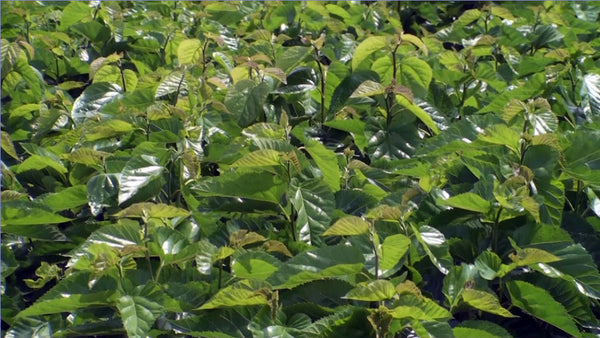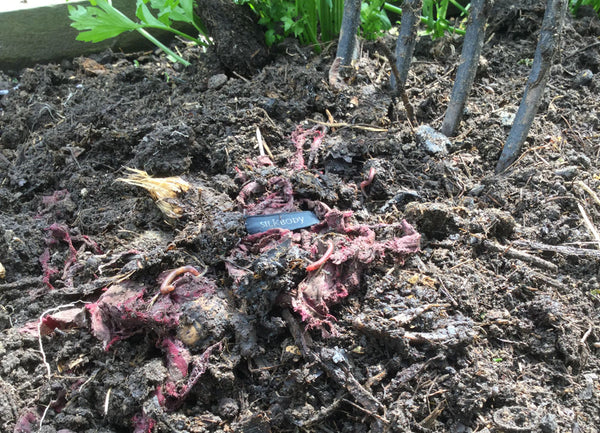
The mulberry leaves used in silk production are a sustainably grown crop
In a report on the present and future sustainability of clothing and textiles by the University of Cambridge, there are 7 key ways you can minimise your impact on the environment with your clothing. By choosing to wear Silkbody you are actually already doing most of these things - and more!
1. Buy fewer more durable garments and textile products.
Silkbody lasts for years, silk being the strongest natural fibre. Our classic styles are enduring too.
2. When buying new products, choose those made with least energy and least toxic emissions, made by workers paid a credible living wage with reasonable employment rights and conditions.
Silk is still produced using the low-impact methods developed thousands of years ago. We personally visit our factories regularly and ensure they meet international standards - and ours! The ethical fashion rating app, Good On You, rates us highly. You can read more about our policies there. You can also check out how other brands compare.
3. Wash clothes less often, at lower temperatures and using eco-detergents, hang-dry them and avoid ironing where possible.
With Silkbody's natural odour-resistance, you don't have to wash it as often as cotton or synthetics. It dries so fast there's no need to use the dryer. If you hang it out straight away, ironing is also avoided!
4. Extend the life of clothing and textile products through repair.
We know our customers are not averse to a bit of mending. But with Silkbody this is hardly ever required anyway.
5. Dispose of used clothing and textiles through recycling businesses who would return them for second-hand sale wherever possible, but otherwise extract and recycle the yarn or fibres.
We're sure composting your garment counts as recycling here! Silkbody is almost fully compostable, as proven by company director David's photo of his own garden compost below. After 6 months only the synthetic label and polycotton sewing thread remains intact.

You can also:
6. Buy second-hand clothing and textiles where possible.
Yes, your vintage habit is justified! We also have it on good authority that charity shops are very happy to receive Silkbody items as they have such good resale value.
7. Lease clothes that would otherwise not be worn to the end of their natural life.
We don't do wedding dresses or other low-use styles. All of our clothing is designed to be worn in a variety of situations and climates, making Silkbody a sound investment!
If you have any tips for reducing your environmental impact, we'd love to know about them in the comments.
Read the full report



2 comments
Hello Karen
Sorry for the delay in replying, I wanted to check in with the factory first for an update. The reply is that the dyeing mill uses reactive dyestuff only. They must use several kinds of reactive dye stuff to maintain the colourfastness, so I cannot point you to a particular brand. In general, fibre reactive dyes are safe – they do not require toxic mordants and have zero to very low heavy metal content.
If you wish to avoid dyes altogether, you can choose anything in our Natural White colour – this is the natural, undyed fibre colour.
Best wishes, Emily
Hi can you please tell me what sort of dyes that you use for your silk garments and are they OK to put in the soil?
cheers Karen
Leave a comment